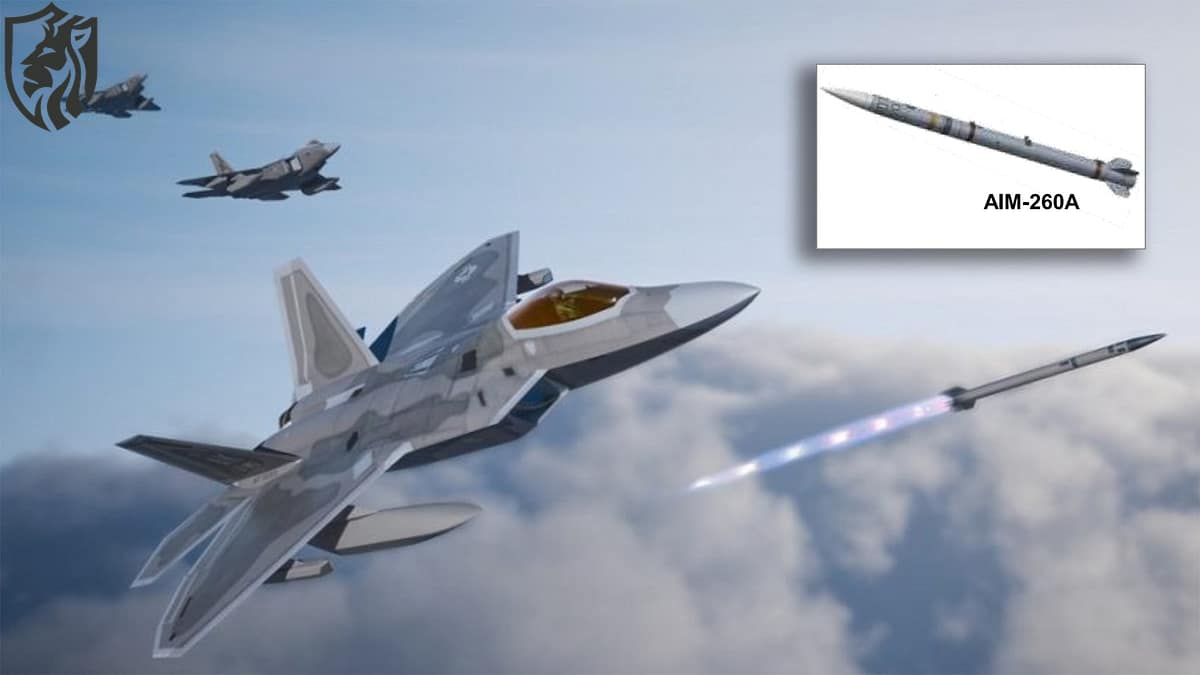
U.S. Pushes $1B AIM-260 JATM After Pakistan’s PL-15 Strike
America’s Urgent Missile Response
Following Pakistan’s PL-15 strike on Indian jets, the U.S. expedites the $1 billion AIM-260 JATM missile programme, a move that has caused significant ripples in global defence circles. Washington is accelerating Lockheed Martin’s Joint Advanced Tactical Missile (JATM) after reports claimed Pakistan successfully used the Chinese-made PL-15 in May 2025 to down Indian aircraft at distances greater than 160 kilometres. This incident has reignited debate on air dominance, exposing vulnerabilities for U.S. allies in South Asia and raising alarm in the Pentagon over the growing reach of Chinese and Pakistani long-range missiles.
From AMRAAM to JATM: Closing the Gap
For decades, the RTX AIM-120 AMRAAM has been the backbone of NATO and U.S. aerial warfare. As the U.S. rushes the $1 billion AIM-260 JATM missile programme after Pakistan’s PL-15 strike on Indian jets, it shows that newer Chinese and Russian systems now outmatch AMRAAM. Lockheed Martin began developing the AIM-260 JATM in 2017 to deliver a range beyond 200 kilometres, allowing Americans and allied fighters to directly challenge China’s PL-15 and the even more formidable PL-17.

China’s PL-15 and PL-17: Strategic Game-Changers
China’s PL-15 already reshaped modern aerial warfare, but its successor—the PL-17—goes even further. The PL-17, with its reported range of nearly 400 kilometres, is considered an “AWACS/Tanker Killer” in the sky. It targets high-value assets such as AWACS, refuelling tankers, and even stealth bombers like the B-21 Raider.
Against this backdrop, the U.S. rushed the $1 billion AIM-260 JATM missile programme after Pakistan’s PL-15 strike on Indian jets to prevent parity—or worse, inferiority—in long-range engagements.
Pentagon’s $1 Billion Push
Lockheed Martin’s AIM-260 has now become central to America’s aerial strategy. The U.S. Air Force has requested $368 million for the missile’s first production run, while an additional $300 million has been placed on Congress’s “Unfunded Priorities List”. Meanwhile, the U.S. Navy has demanded $301 million, bringing the combined total to nearly $1 billion.
The urgency reflects Washington’s belief that if the U.S. rushes its $1 billion AIM-260 JATM missile programme after Pakistan’s PL-15 strike on Indian jets, it can regain technological superiority against adversaries investing heavily in next-generation air-to-air warfare.

Compatibility and Stealth Integration
Unlike legacy systems, the AIM-260 is designed for seamless integration into America’s most advanced platforms. The F-22 Raptor and F-35 Lightning II will carry the missile internally, thereby preserving its stealth. At the same time, it retains compatibility with older fighters, including the F-15, F-16, and the Navy’s F/A-18E/F Super Hornets.
This flexibility ensures that once the U.S. rushes the $1 billion AIM-260 JATM missile programme after Pakistan’s PL-15 strike on Indian jets, both current and future fleets will gain a credible edge.
Restoring Air Dominance
The race for beyond-visual-range supremacy is heating up. Pakistan has already proven the PL-15’s effectiveness in combat. China has now deployed the PL-17, raising even greater concern for U.S. planners. Washington feels it must act fast.
The AIM-260 JATM is more than an AMRAAM replacement. It is a bold statement of American intent. The U.S. rushes the $1 billion AIM-260 JATM programme after Pakistan’s PL-15 strike on Indian jets. This push seeks to restore American air dominance and protect frontline forces against emerging threats. At the same time, it reassures allies that U.S. technology remains ahead in aerial warfare.








